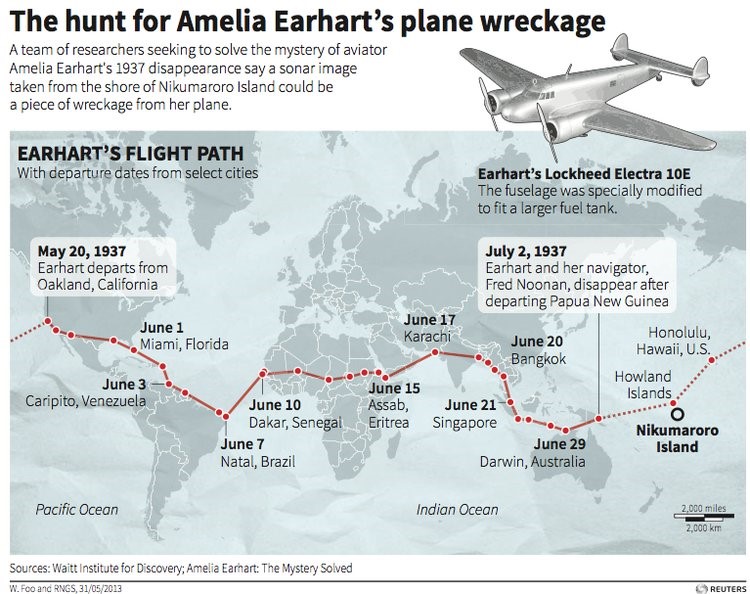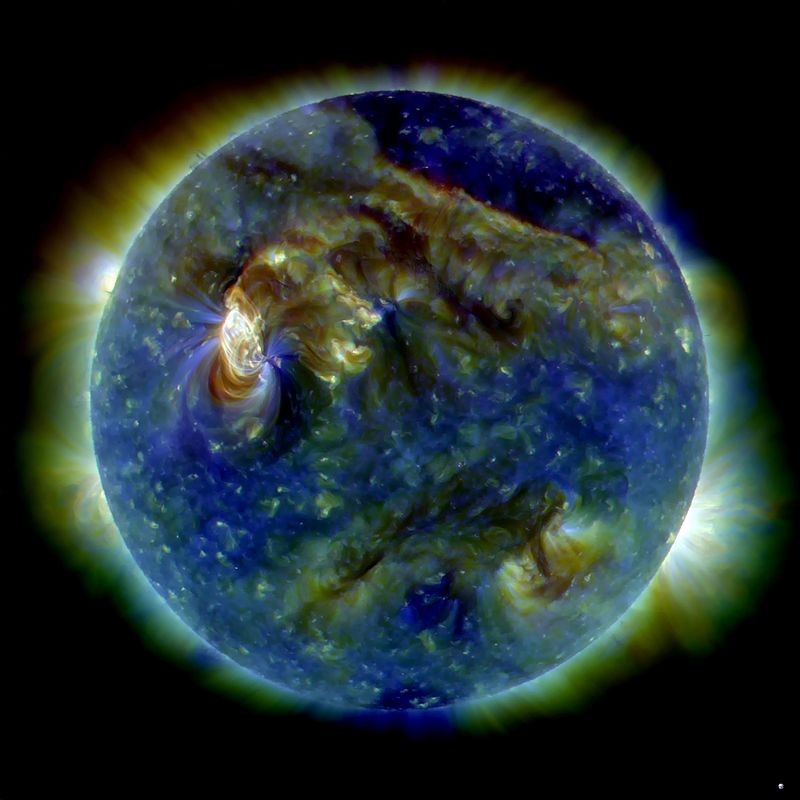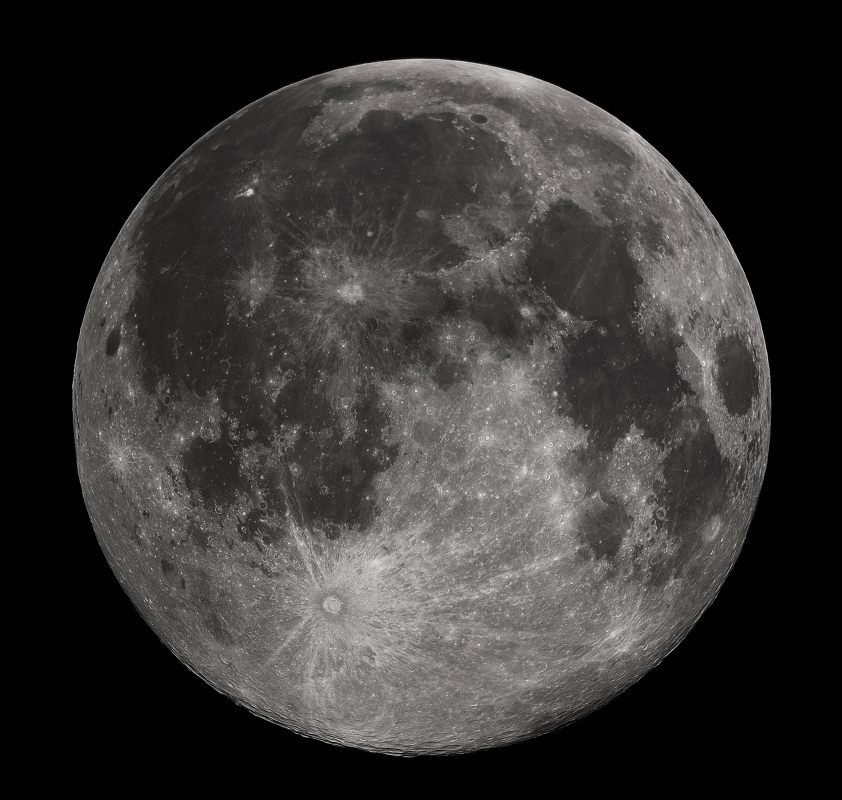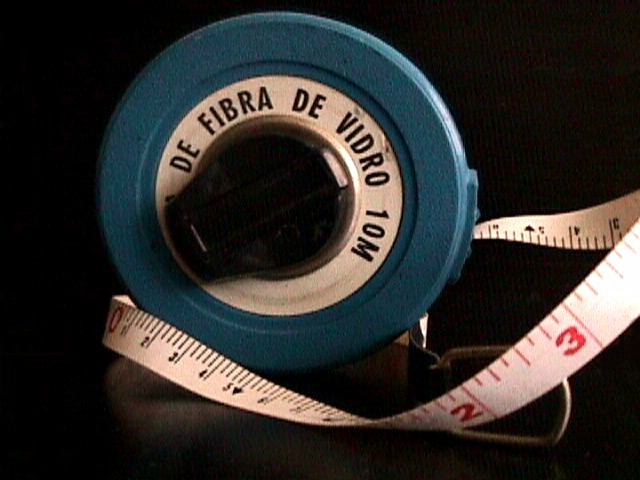A recent report revealed that 237 million medication errors occur in NHS England annually. Not only did the study reveal that these mistakes cause 712 deaths and could be a contributory factor to thousands more, but it is estimated that this costs the NHS £98.5 million a year.
Fiona Campbell, a research fellow at the University of Sheffield, was involved with the study. She met up with pH7 writer, Emma Hazelwood, to provide some more information on the report.
How did the project come about?
The team, which included Marrissa Martyn-St James and Eva Kaltenthaler, at the School of Health and Related Research were asked by the Department of Health to look at how prevalent medication errors in the NHS are, and to estimate the cost of these errors. The project was a collaboration between researchers in Sheffield, Manchester and York, with the team at Sheffield identifying and synthesising relevant literature.
How were the figures calculated?
There are many different ways that studies have measured medication errors. Some examples are to look at past prescribing practices, or adverse drug events (ADRs). The threshold for counting an error is very low – the figure of 237 million includes any small error at all.
What were the limitations of the study?
As with any study, there were some limitations. First, there was a strict time limit, set by the Department of Health – the team at Sheffield had about six weeks to analyse a mammoth amount of data. Secondly, calculations for medication errors are complicated. This is for several reasons – there are different definitions of an error across studies, and sometimes no one realises an error has been made so it may go unrecorded. There are also ethical implications of studying medication errors – if a researcher spots an error, they may feel that they have a moral obligation to stop it before it results in harm to a patient. Therefore, it is difficult to calculate what the impact of these mistakes would have been. In this study, some data goes back as far as ten years. Our healthcare system may have changed since then.
Is it a serious problem?
Considering that there are only about 50 million people in England, the figure of 237 million medication errors per year seems shocking. However, what is lost in this figure is that there are billions of prescriptions issued every year. Furthermore, the threshold for an error is very low – even if one is noticed by healthcare professionals and stopped before it reaches the patient, it is still included in these calculations. Of course, there are catastrophic errors which result in severe patient harm, or even death, but not all – in fact, three out of four result in no harm. Having 237 million medication errors does not mean that people have taken the wrong medication 237 million times. Although it is estimated that these errors are a contributory factor in 1,700 – 22,303 deaths a year, the true figure is most likely at the lower end of this range. Again, the threshold is very low – if someone dies and there was a medication error, even if it is unlikely that it was related to their death, it must be recorded as a potential contributory factor.
Although the errors result in hundreds of deaths, and cost the NHS £98.5 million per year, it seems that we are no worse than anybody else. In many countries, errors are not even recorded, and, when they are, rates are similar to those in this study. The fact that the team was able to undertake this project could be seen as a commitment to transparency within the NHS, and of the determination to reduce these errors.
What are the possible improvements for the NHS?
In order to stop these errors, we must continue to be vigilant in recording them. We rely on healthcare professionals to record their own mistakes, so it is vital that there is not an environment of guilt and shame. There are currently trials seeking to reduce error rates, in particular researching where they occur, and new systems for flagging them up. There are already different checks that happen within the NHS, and, for an error to reach the patient, every mistake has to align. The report supports more funding for research into what we can do to reduce medication errors.
What was the impact of the study?
This study has attracted the attention of a lot of media, from BBC News to Radio 4. Studies such as this highlight the role scientists have in discussing research and making it accessible to the public, without allowing it to be used as a political football.
Overall it’s clear that medication errors are prevalent in our healthcare system. On occasion they have devastating effects, and this quantification of the errors is shocking. That said, we can see that our system has a good rate of preventing these from reaching patients, and the fact that studies and trials are taking place demonstrates that the problem could be improved dramatically over the coming years.












